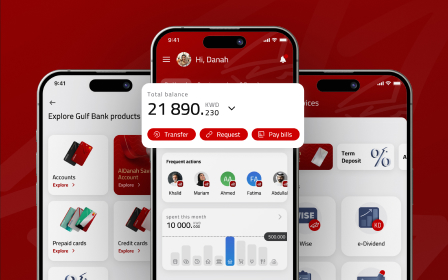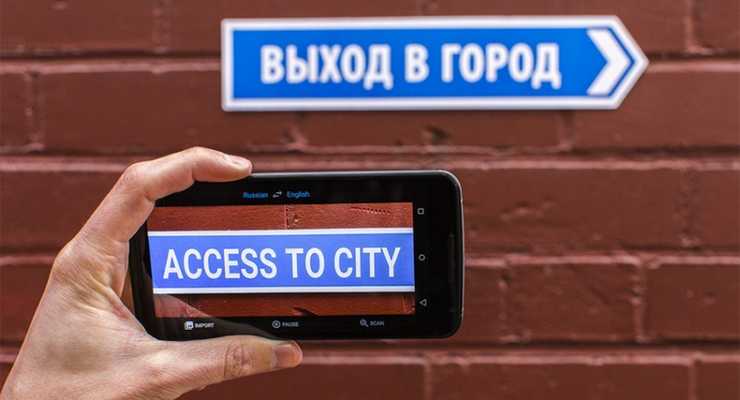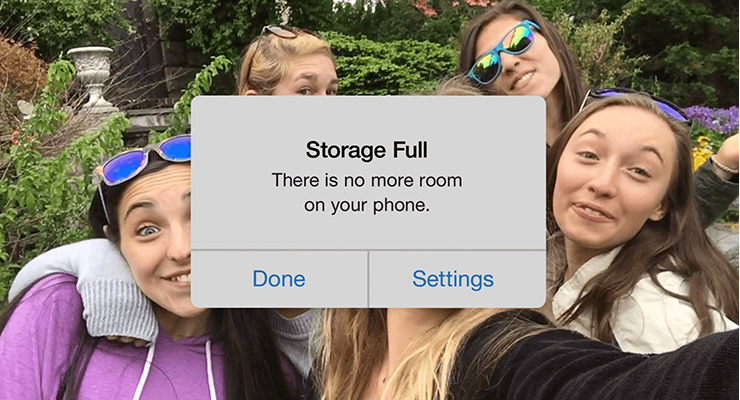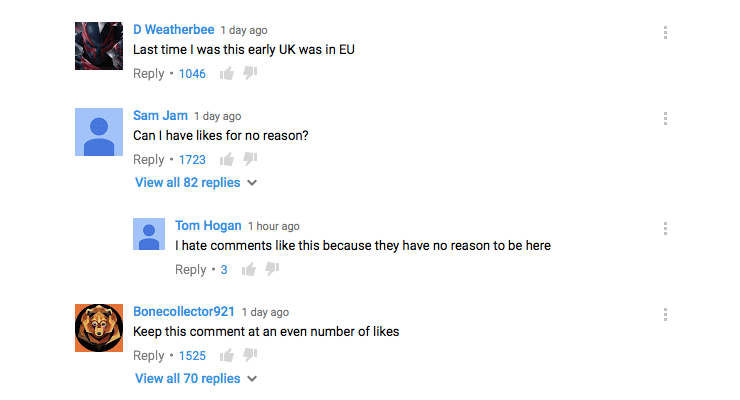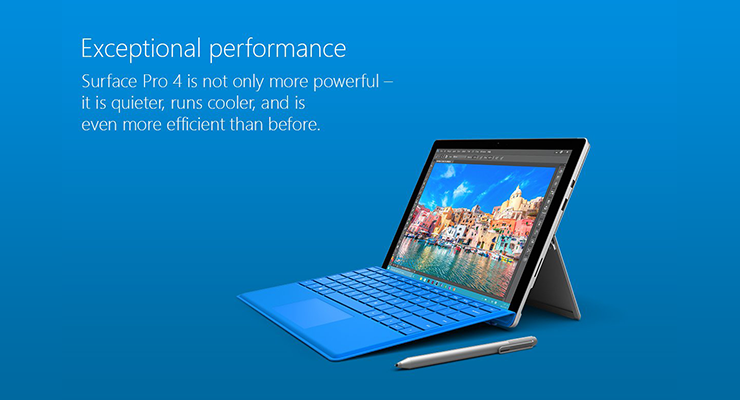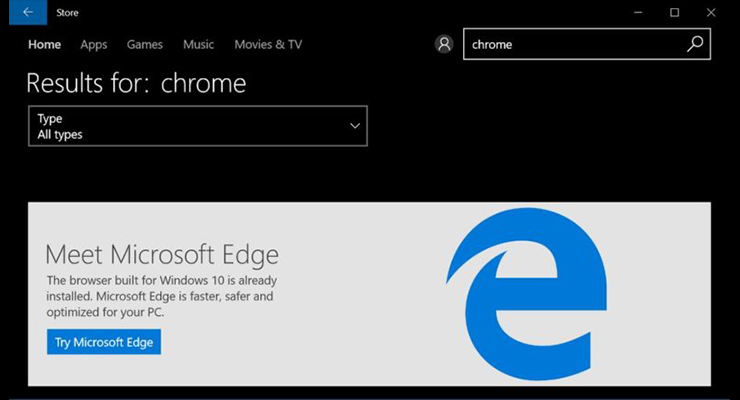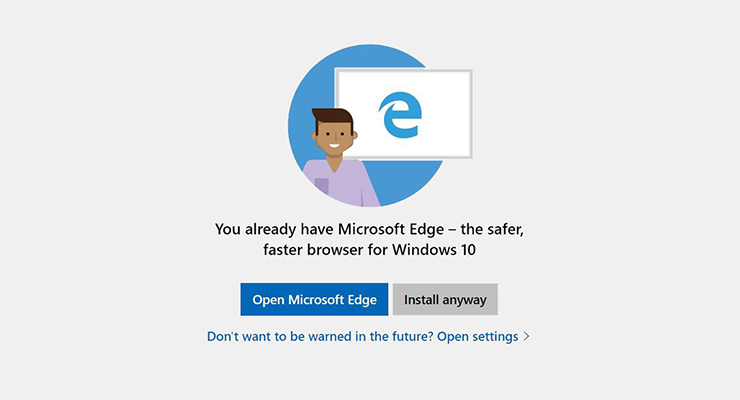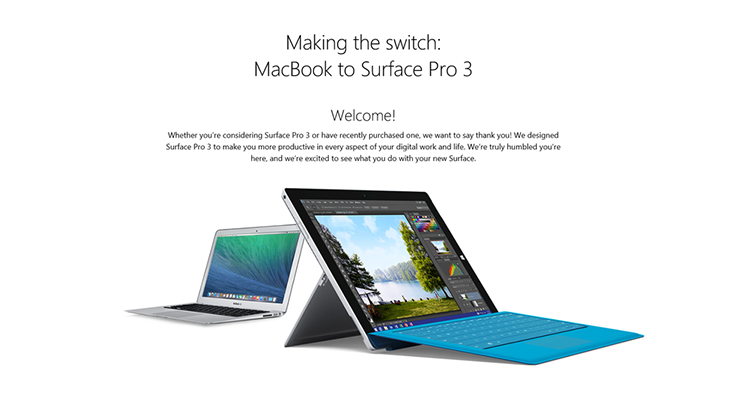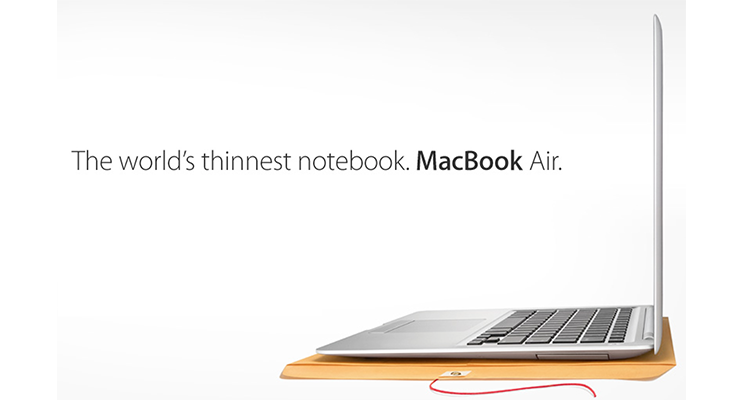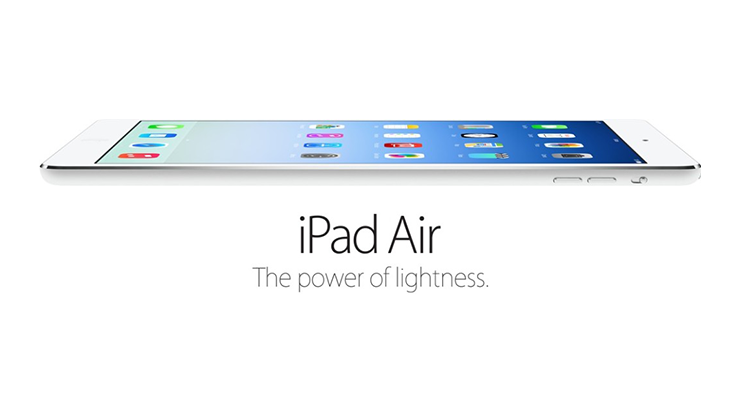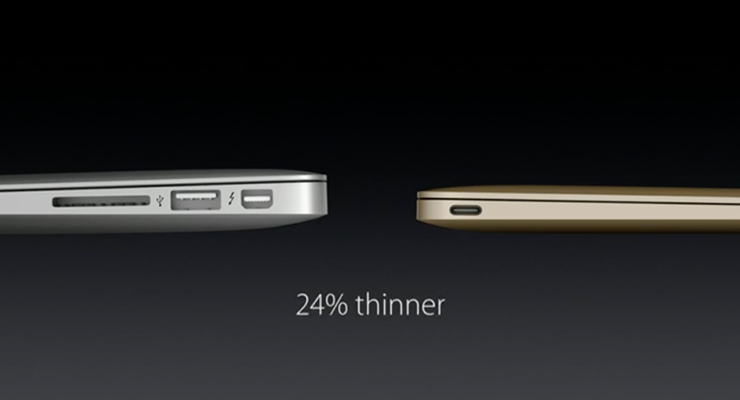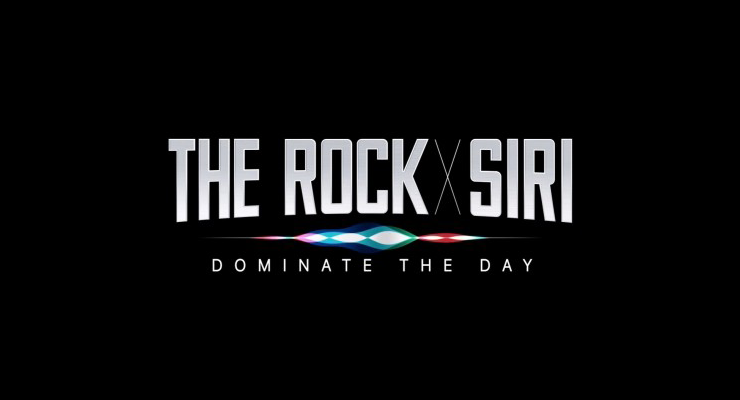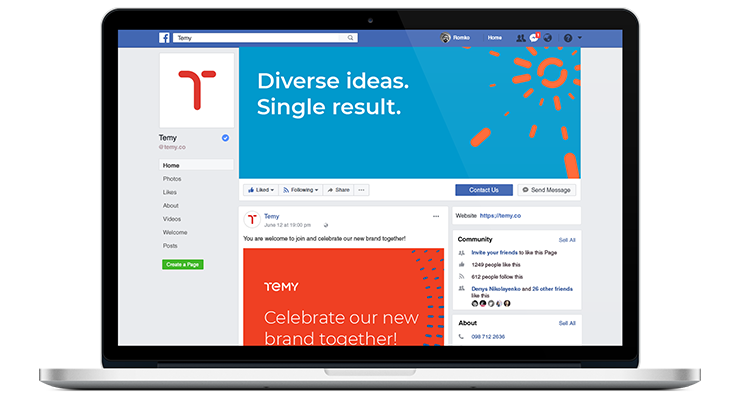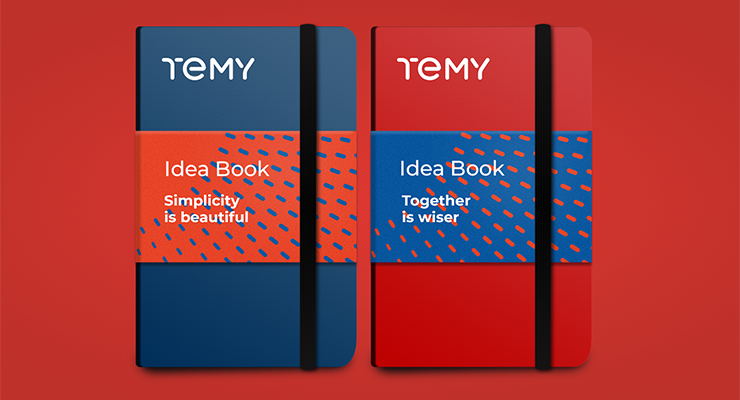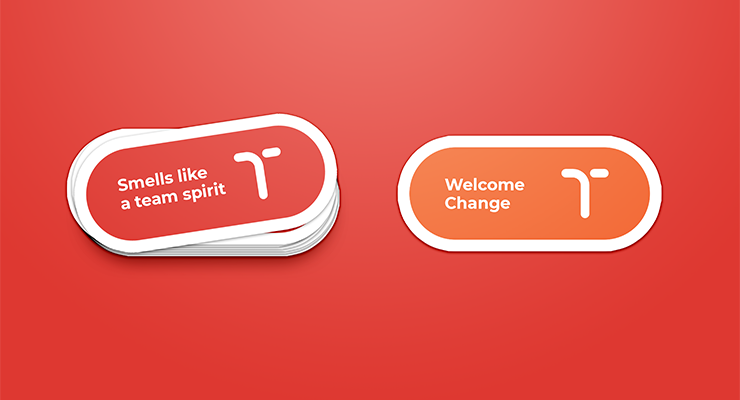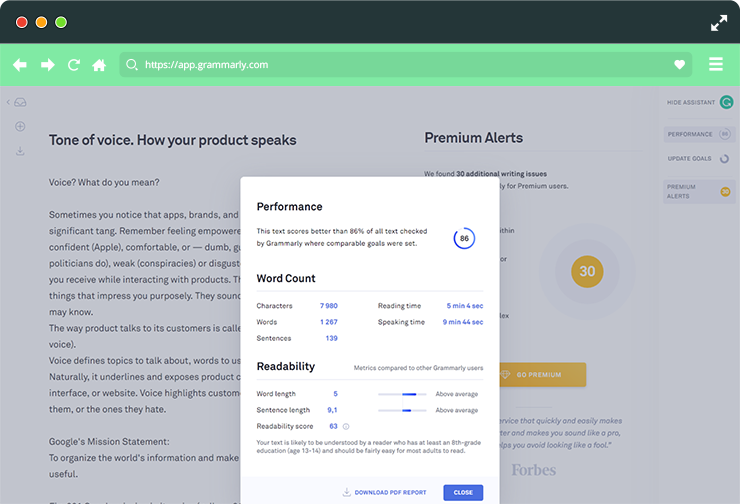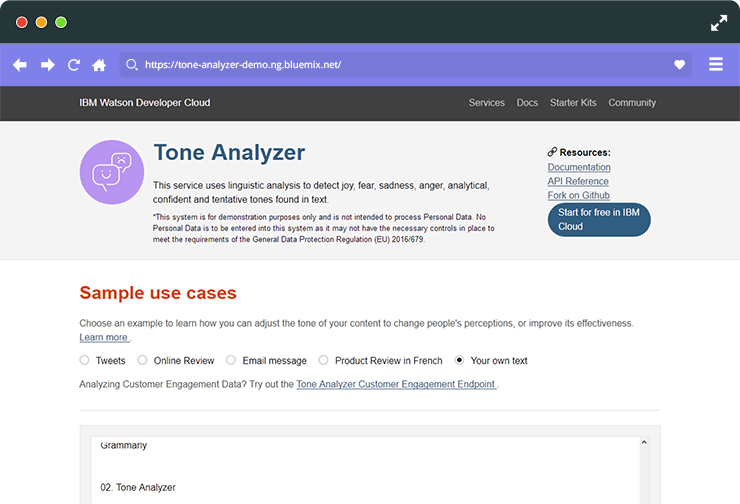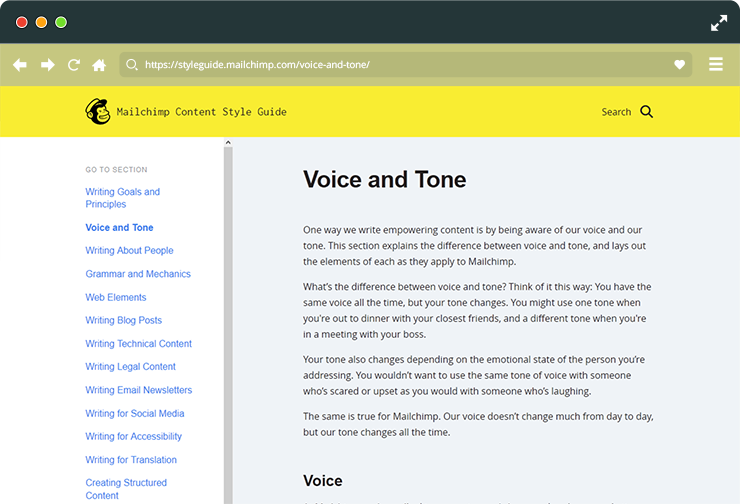Tone of voice. How your product speaks

Voice? What do you mean?
Sometimes you notice that apps, brands, and their commercials leave a significant tang. Remember feeling empowered (Red Bull), intrigued (), confident (Apple), comfortable, or — dumb, guilty (like some charities or politicians do), weak (conspiracies) or disgusted? It’s caused by messages you receive while interacting with products. Those messages point to things that impress you purposely. They sound familiar, like persons you may know, match your users’ experience. UX agency help might be useful for defining this voice.
The way product talks to its customers is called tone of voice (or simply voice).
Voice defines topics to talk about, words to use and words to avoid. Naturally, it underlines and exposes product coherency, be it your brand, interface, or website. Voice highlights customers values, things that inspire them, or the ones they hate.
Google’s Mission Statement:
To organize the world’s information and make it universally accessible and useful.
Microsoft’s corporate mission is:
To empower every person and every organization on the planet to achieve more.
Reaching your customers depends not only on intonations or timbre, even not on just words. Instead, voice matters for any communication, both verbal and non-verbal. It remains same for interfaces, commercials, social networks, e-mails, and packaging.
The tone of voice translates products values and mission to its audience in a way like single person talks. So is it: a person that’s connected to the customers in a special way, talks their language about things they care. Voice is a textual image of a product. It remains stable, exact and unchanged (up to the rebranding for example).
A designer needs to understand the voice and its specific to reach his customers on each communication level – working with either commercials, websites, interfaces, blog posts or souvenirs.
How to make your product speak for itself?
One cannot define a correct voice without initial user research as well as finding out its attributes at first.
1. Portray your actual customers
Analyzing the product audience and their needs and interests gives us a lot of information to proceed with:
- What are the values, the interests, the hobbies of your customers?
- After interacting with your product, what feeling is left?
- Which way do customers interact with the product?
- Can your product be described in three words?
- Which concurrent products does audience like and why?
- What do your customers hate? Why the heck?
2. Define the profits
Profits can be both tangible and emotional.
Tangible
- Performs faster;
- Makes better pictures;
- Saves money;
- Saves time.
Emotional
- This may offer new opportunities;
- I look awesome;
- A little ice-cream as a gift for me;
- I feel proud.
Tangible profits belong to measurable things while emotional profits are mainly non-rational but strong as well.
3. Focus even more on emotional triggers
What makes your customers happy? What do they think of on Saturday evenings? Why do they get sad, angry, disappointed? And what makes them feel proud?
Apple’s current Mission Statement is:
Apple designs Macs, the best personal computers in the world, along with OS X, iLife, iWork and professional software. Apple leads the digital music revolution with its iPods and iTunes online store. Apple has reinvented the mobile phone with its revolutionary iPhone and App Store, and is defining the future of mobile media and computing devices with iPad.
4. When setting up workshops prepare voice drafts
Working with drafts in a team allows finding out words to avoid and words to put emphasis on. Values not mentioned before but important still can be often rediscovered during this process.
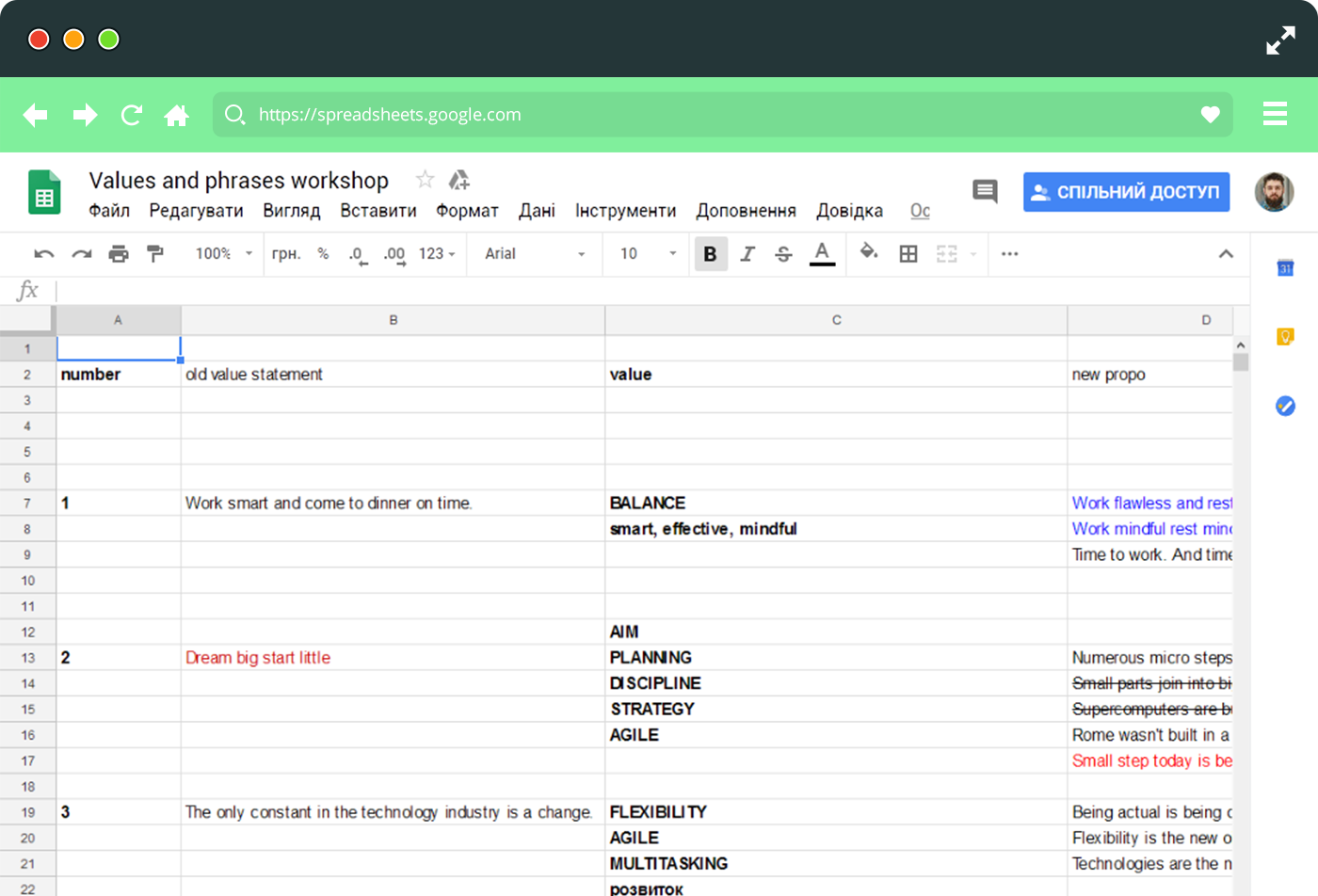
5. Define voice attributes
To make voice easy to transfer and be used by multiple instances it’s indispensable to have its attributes clearly explained.
6. Keep it consistent
Always keep in mind that this matters to any communication. Avoid talking to your customers differently via different channels. This simply leads to image loss and shrinks your audience instead of increasing it.
7. Is there any easier way?
Being super-simple, look at TV shows your clients like. As you see, still user research is unavoidable). Find out necessary words and triggers there. Look at your customer’s favorite blogs and see their pains and happiness. Find out the manner your customers communicate between themselves.
But avoid simple copying as well as experiments with voice. Be careful with any word. It’s extremely easy to sound incompetent and loose existing audience. Making and keeping the tone consistent, so that every interaction between the product and the client leave the same feeling, provide a strong long-term relationship.
You serious? Explain the case!
This year we developed a new branding for software company Temy. The branding process included several workshops concerning values/mission, approach, the tone of voice and graphic style.
First, we defined basic, private definitions to core values, the company’s vision, and mission. This led to further thinking and adjusting a huge amount of views to a simple statement.
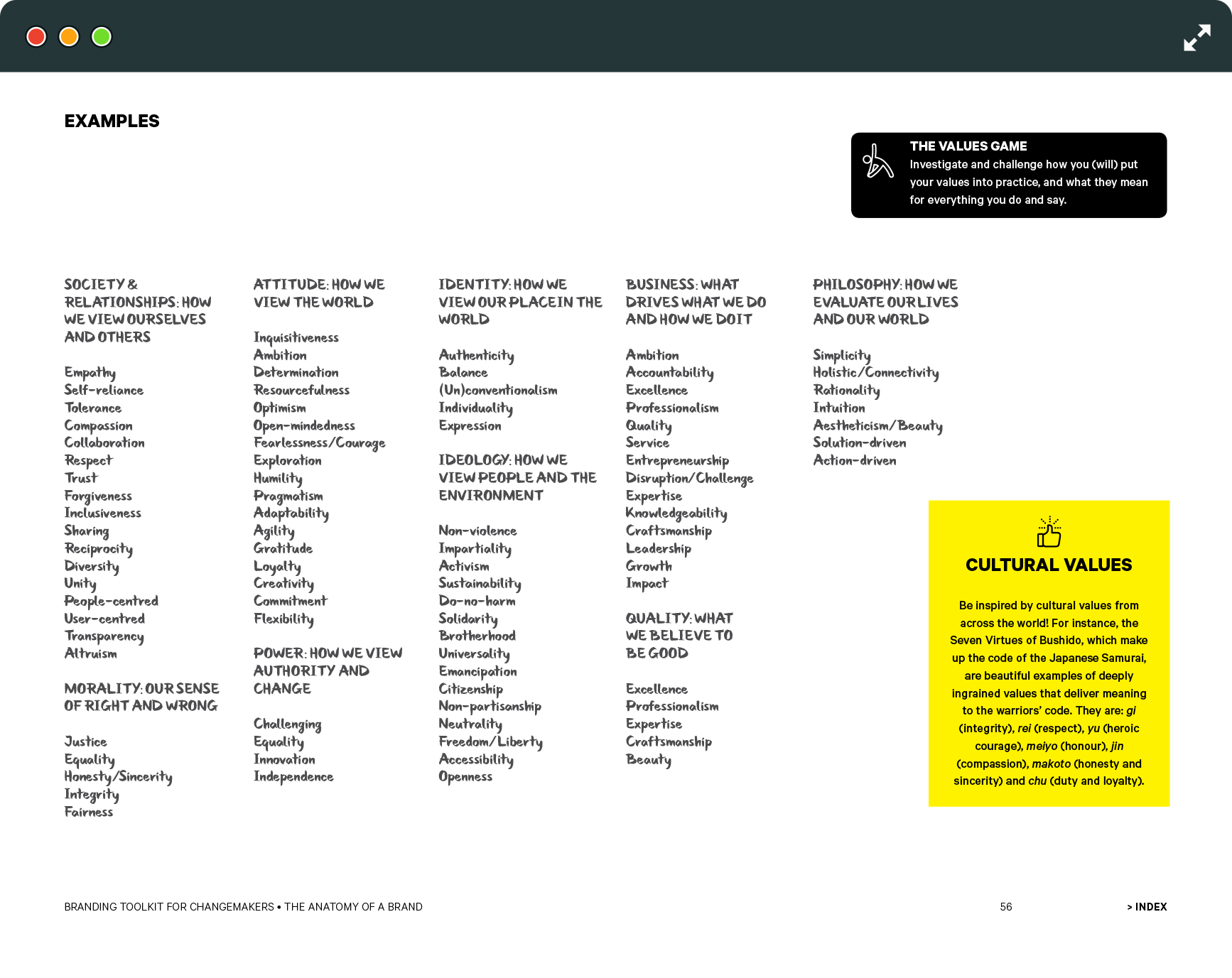
The company focuses on providing technology solutions, relies on knowledge and professionalism. Employees bring the most value to a company, their knowledge and skills are highly appreciated and knowledge sharing is welcome. Temy aims to bring globally recognizable value.
Temy is a man in his 30s, educated and professional. He loves his job as well as his team that makes him feel a part of something bigger. Temy is nerdy and friendly, smart, and willing to help and share experience with colleagues. Being younger he listened to rebellious music. Still remaining ambitious he likes to recover that feeling. He is passionate about both his work and his free time.
He likes reading new things on technology, space and science fiction.
Inspired by archetypes approach to brand construction, we defined Temy as a magician.
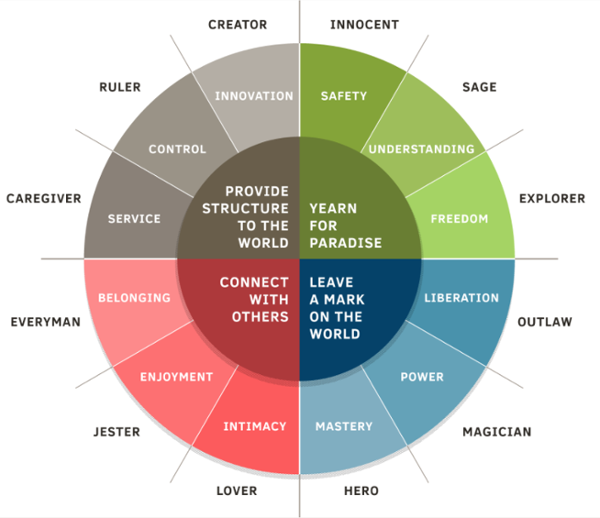
Contrast
The main attribute to be used as magic is contrast. Contrast combines two opposites at once, reminds that magic feeling. Contrast is used for providing more detailed view as experts have. It appears in whole communication, both verbal and visual. Same as main colors provide high contrast between (red vs blue or orange vs cyan-blue), the voice and the messages use sensual contrast.
We started our workshops with phrases containing sensual contrasts and later, via several iterations, distilled strongest of them.
We placed slogans to company stationery and presentation materials, named souvenirs with special magic names like:
Conclusion
Making your product speak for itself isn’t that easy. It involves different tools as well as experts to make it sound really harmonic. User researches and workshops are very necessary part of voice definition.
That said, the voice doesn’t stand just by itself. It’s about your product values, brand mission, and vision. Voice can really strengthen your existing communication and product recognizability. What it really needs to work correctly is to meet your client’s needs and pains and interact with them in the desired way.
Be close to your audience, look at the movies they watch and glance at blogs they spend time in. Construct a person that your customers trust and make your product that person.
Construct a product image that talks to your customer with a specified voice and builds a connection lasting for years.

